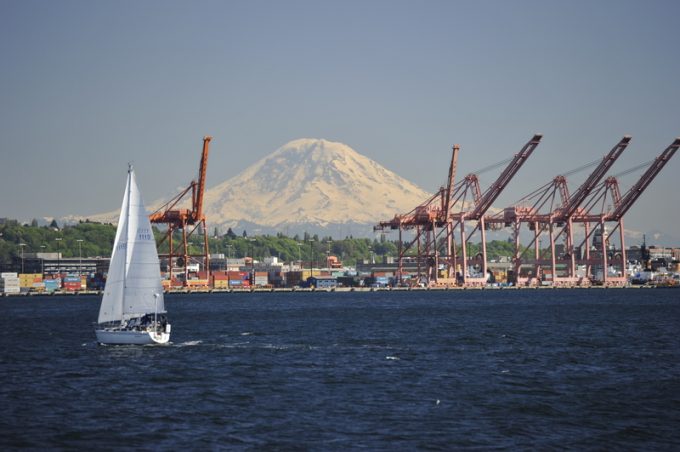Transpacific contract rates rise on Trump’s fickle policies
Shippers exasperated with the constant flip-flops in the Trump administration’s trade policy have agreed to ...

Transpacific shippers preparing to begin annual contract negotiations with container shipping lines have been warned that the market for contract rates could be around 15% overpriced.
According to new analysis from SeaIntelligence Consulting, the normal correlation between the transpacific spot rate market, as measured by the Shanghai Containerised Freight Index (SCFI), and contract rate market, as measured by the China Containerised Freight Index (CCFI), has diverged in recent months.
In normal times, the common assumption is that the CCFI lags the SCFI ...
Maersk Air Cargo sees volumes fall as it aims for 'margin in favour of revenue'
Keep our news independent, by supporting The Loadstar
Container spot rates diverge: to Europe still falling, but firmer to the US
Hapag-Lloyd won't take bookings if port congestion leaves cargo stranded
Ecommerce likely the front-runner in resurge of transpacific trade after deal
Volume surge and an early peak season? 'Don't celebrate too soon,' warning
China-US trade tariff pause could drive a rebound for transpacific rates
Airfreight players eye new routes as demand on the transpacific nosedives
Service chaos from trade ban with India a problem for Pakistan shippers
Airfreight rates ex-China 'loss-making', but hopes of a trade deal stay high
Indian coastal freight attracts major carriers, but regional tension disrupts
Serious threat to jobs in US logistics as tariffs cause economic 'stagflation'


Comment on this article